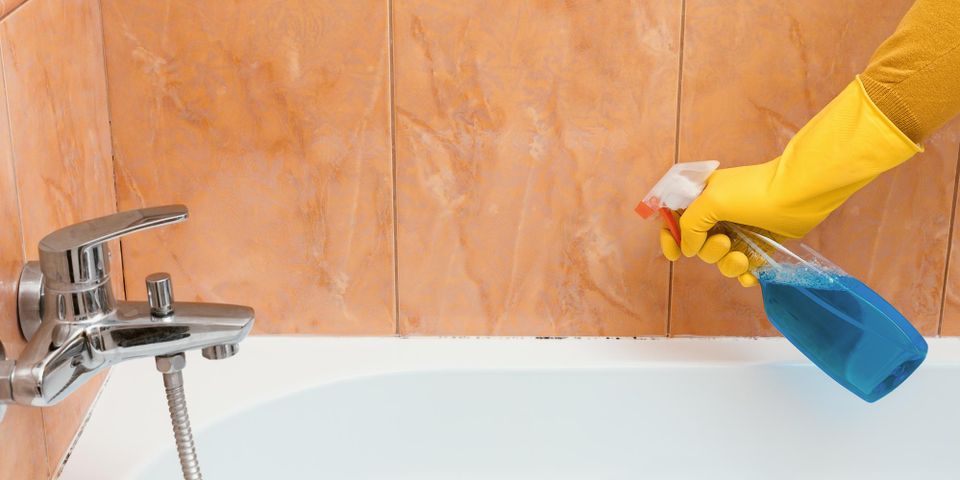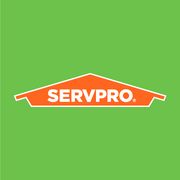5 FAQ About Black Mold

Any mold growing in your home is a cause for concern, but black or dark-green colonies staining your walls can be especially troubling. Black mold colonies have a reputation for causing severe health issues in otherwise healthy people and being resistant to most mold remediation techniques. While black mold growth should be addressed immediately, the truth about the hazards is much more complex.
Answers to Common Questions About Black Mold
What is black mold?
The phrase “black mold” doesn’t actually refer to a single species of fungus, whether it’s black, brown, or dark green. However, when mold remediation experts are called in to investigate black mold, they usually find a species called stachybotrys Chartarum.
Is stachybotrys chartarum more dangerous than other molds?
 There is a widespread belief that black mold releases mycotoxins, which can cause headaches, dizziness, and a variety of other serious illnesses. In fact, all molds release mycotoxins capable of triggering allergic reactions and respiratory issues in some people. While black mold may not be more dangerous, any fungal growth in the home can pose a threat.
There is a widespread belief that black mold releases mycotoxins, which can cause headaches, dizziness, and a variety of other serious illnesses. In fact, all molds release mycotoxins capable of triggering allergic reactions and respiratory issues in some people. While black mold may not be more dangerous, any fungal growth in the home can pose a threat.
What health problems can black mold cause?
If a person in your family is allergic to mold spores, they may suffer wheezing, coughing, and other respiratory symptoms, even if the infestation is relatively mild. Some studies have shown that children who grow up in homes with a high level of mold are more likely to develop asthma, and may suffer more frequent attacks than other children.
What causes black mold?
Any species of mold can take root in any dark space with plenty of moisture. In many cases, a leaking roof, broken plumbing pipe, or flooding introduces moisture into the home, which gives mold a foothold in attics, crawl spaces, and inside the walls.
How is black mold treated?
Professionals use a variety of techniques and proven safety practices to remove black mold infestations without spreading spores throughout the house. After sealing the area with plastic and tape, mold remediation specialists use dehumidifiers to dry out the affected area.
Then, they’ll treat the mold colony with disinfectants, or in serious cases, they may remove infected drywall and wood entirely. Finally, they’ll identify the moisture source that fed the mold colony and correct the problem, reducing the risk of another infestation later on.
No matter what type of mold infestation you’re dealing with, the experts at SERVPRO of Greater St. Augustine / St. Augustine Beach in St. Johns County, FL, have the expertise and equipment to eliminate the risk once and for all. They use only the most advanced, proven mold remediation techniques in the industry, and are committed to making your home safe for you and your family. Visit their website for more on their mold remediation services or call (904) 429-4457 to schedule an inspection today.
About the Business
Have a question? Ask the experts!
Send your question

